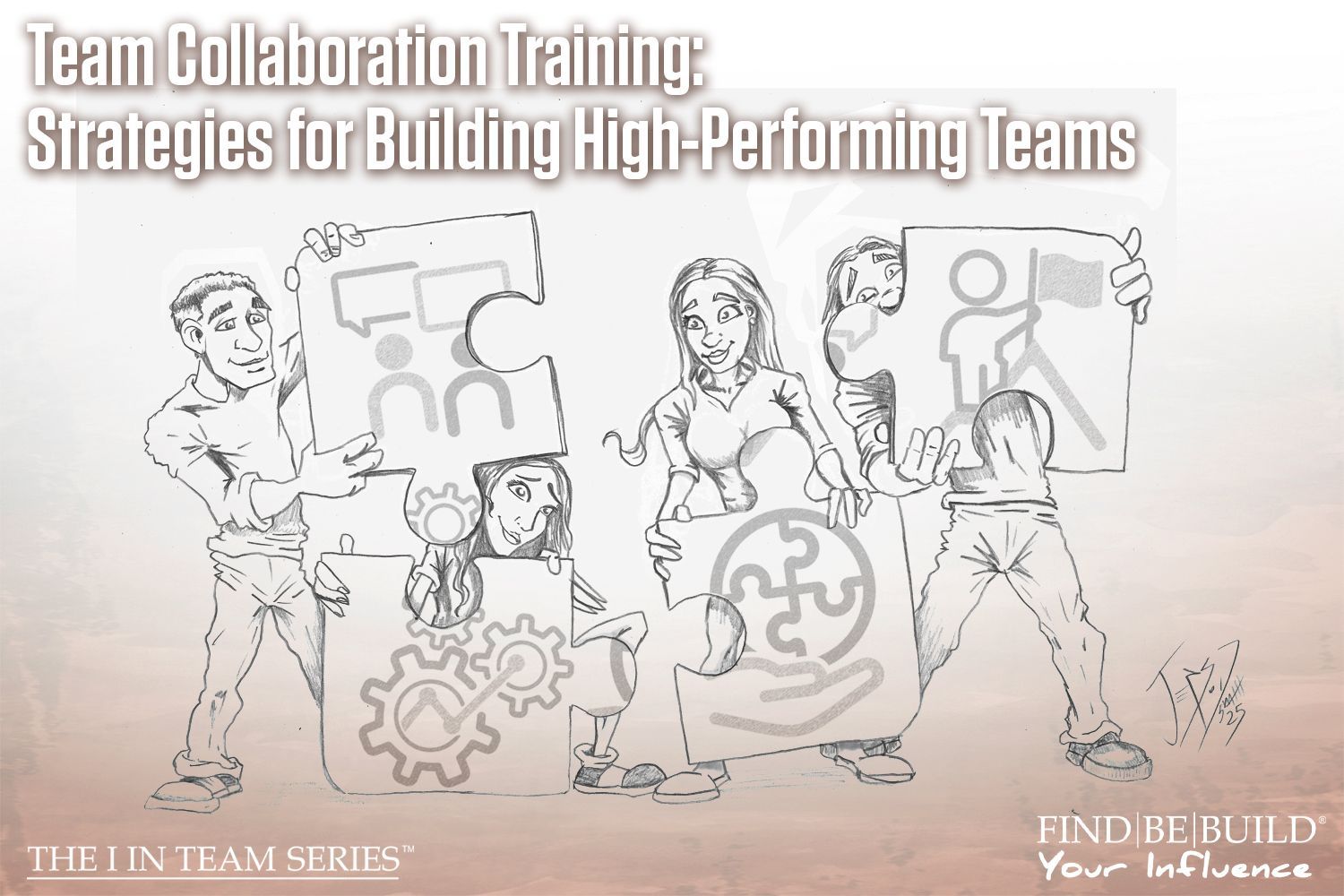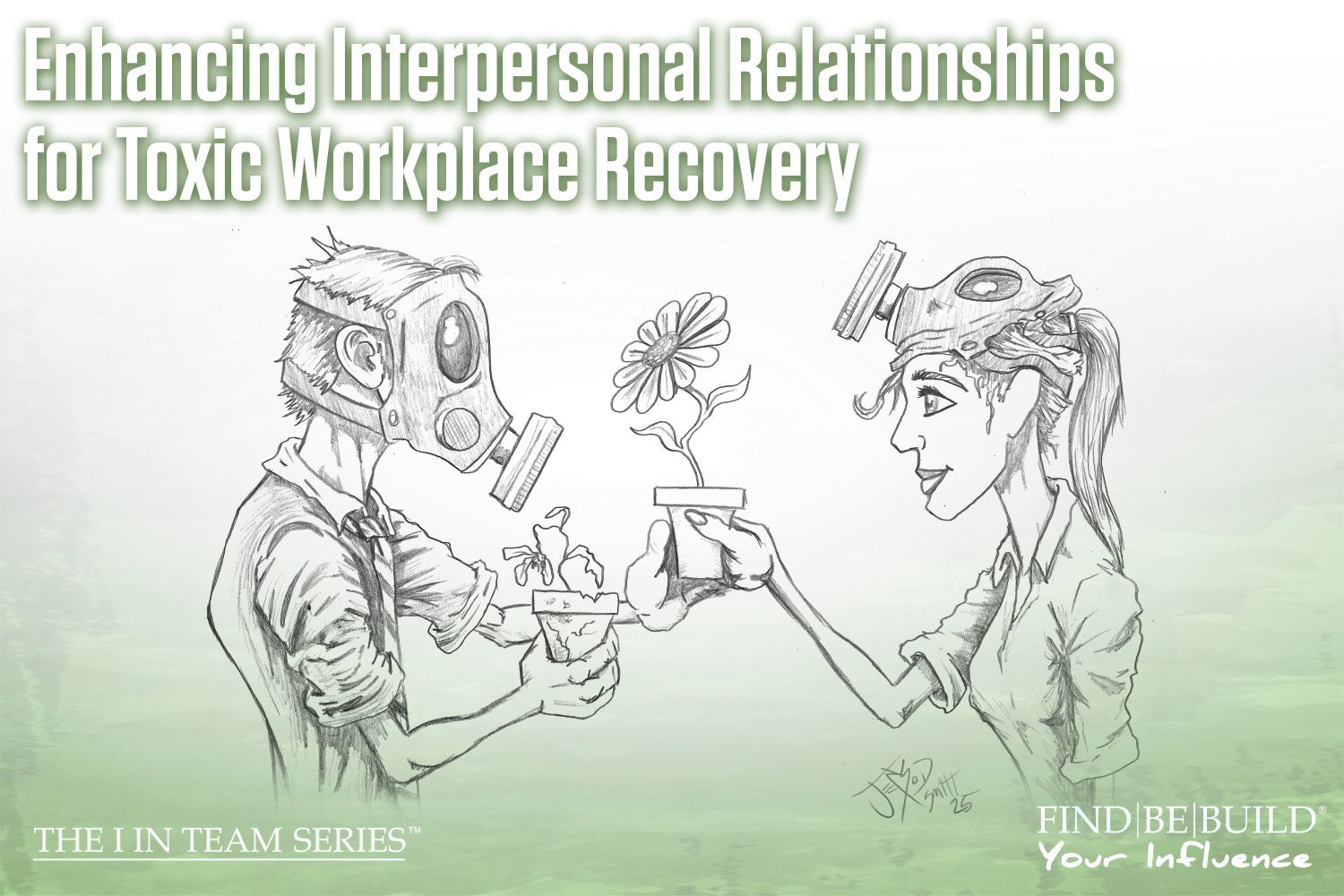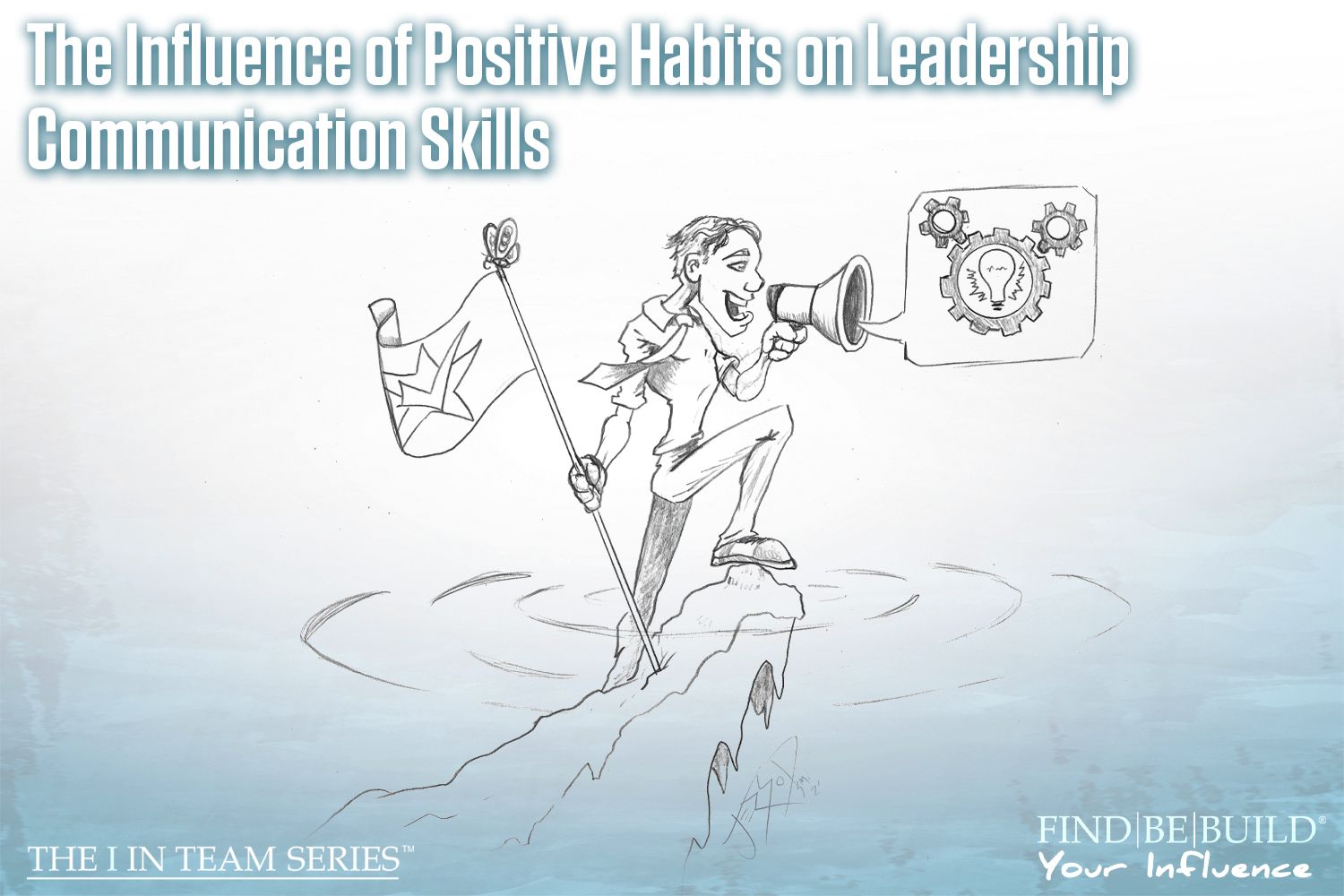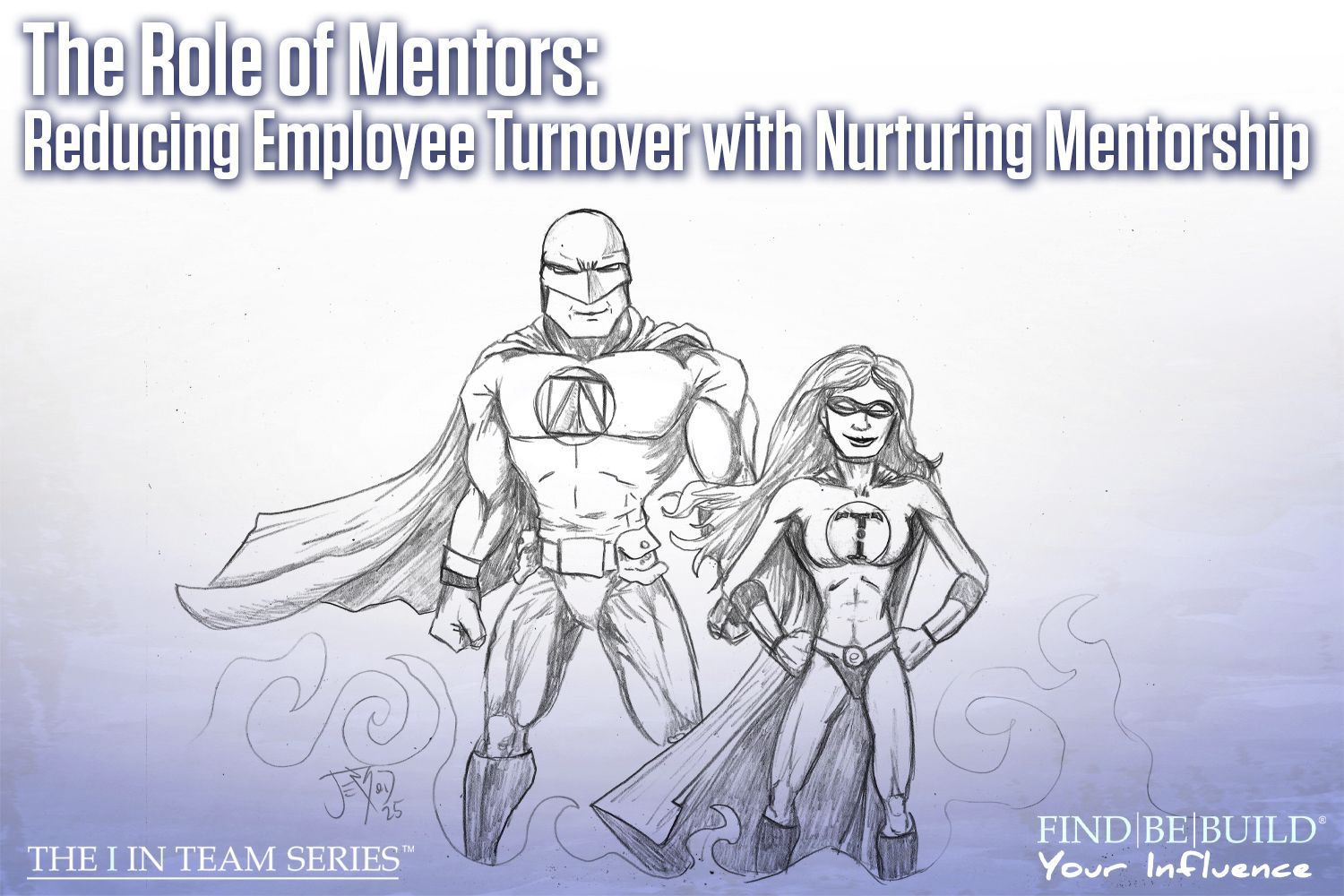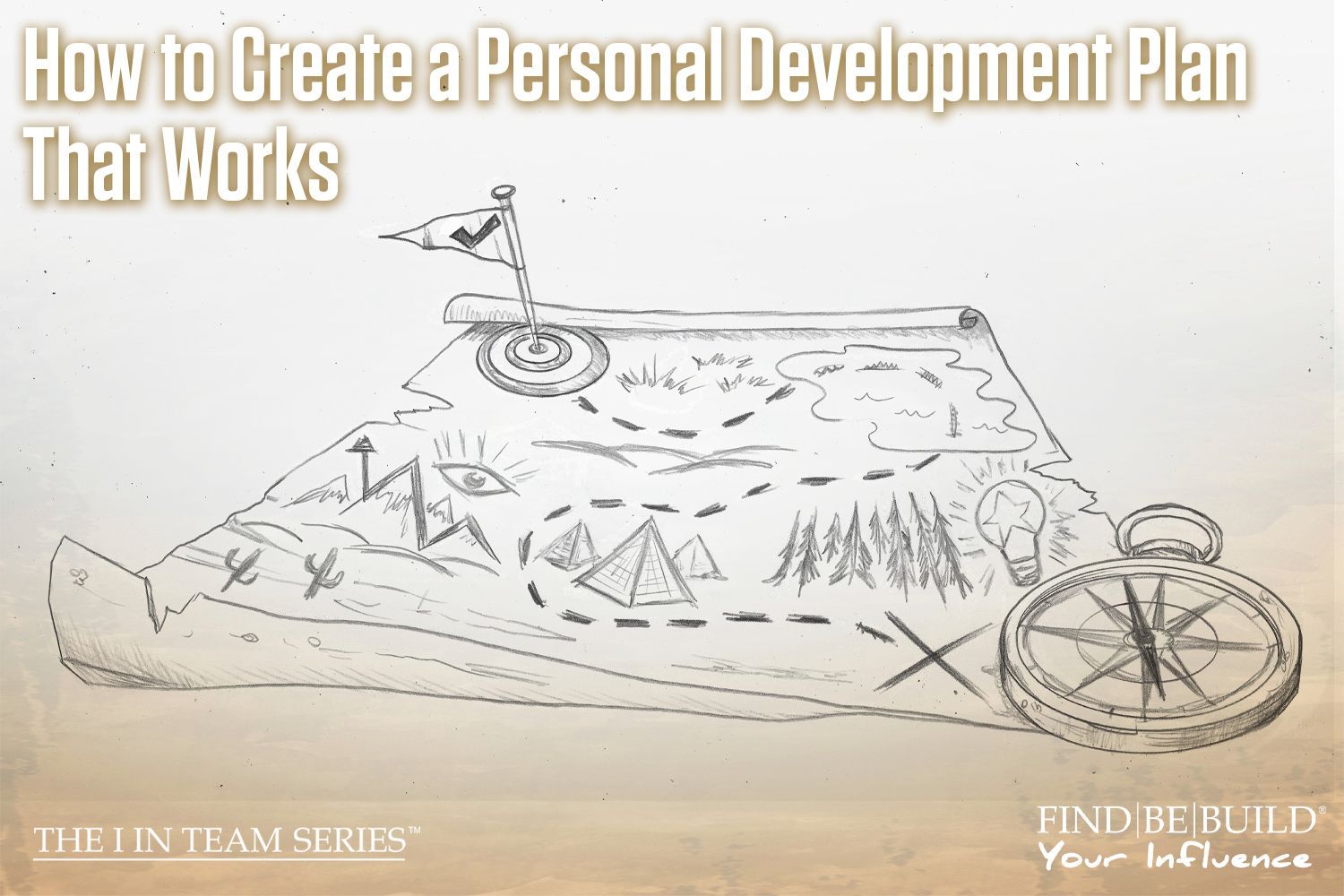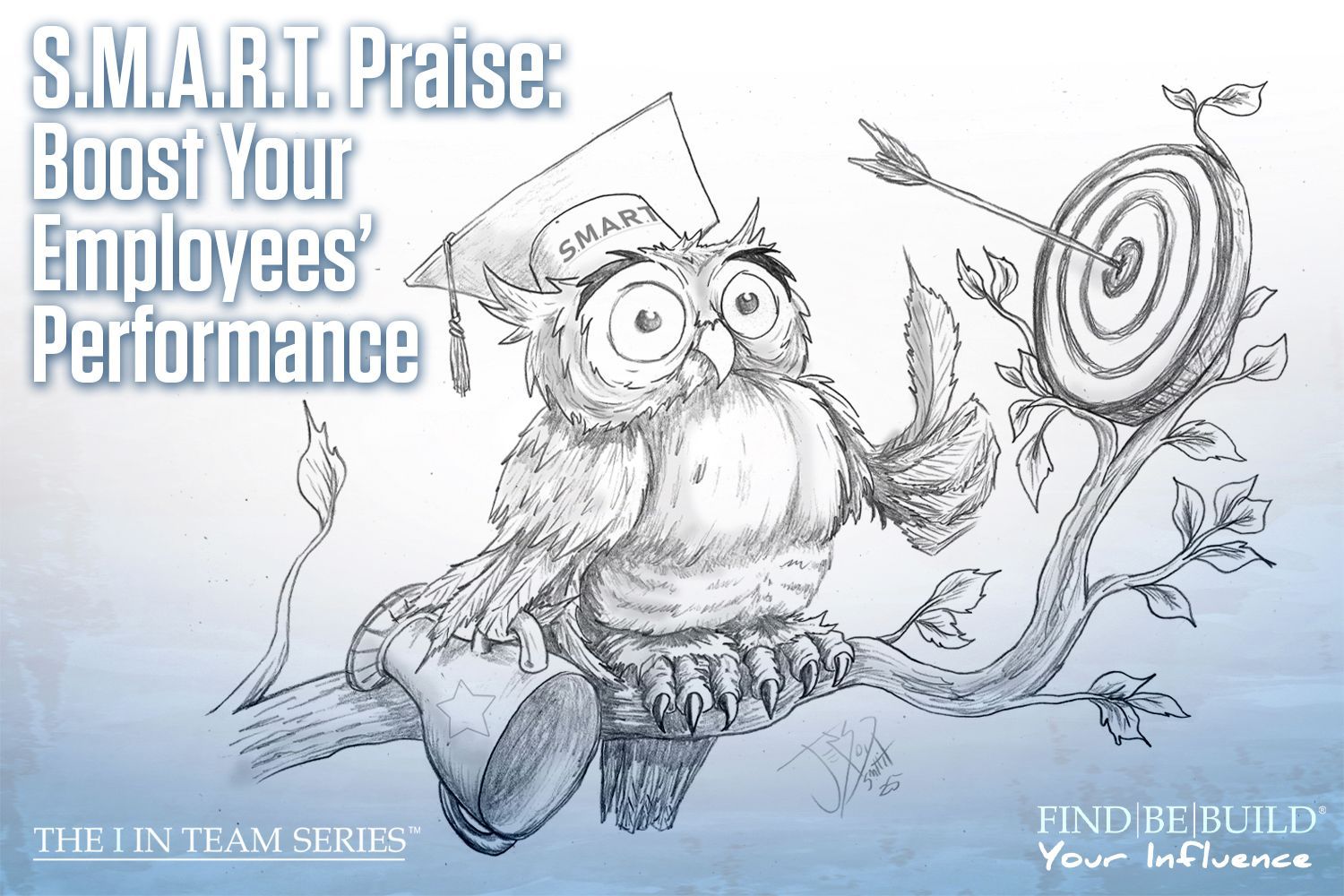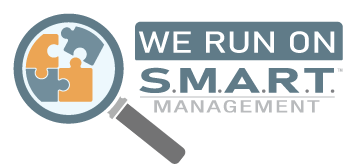How to Create Organizational Structure

Organizational structure consulting
One of the most disruptive issues in small business is when there is a lack of organizational structure. When starting a business, it’s easy to think success will come naturally because the one starting the small business knows why they are starting that business. For example, say someone starts a plumbing company. The plumber starting the company will undoubtedly understand plumbing, but they may or may not know any other aspects of building or growing a business. This becomes a problem when the business starts growing and more team members are added.
One of the first issues that presents itself when a small business starts growing is a tendency from the owner to want to control everything. This is due to how much stake they have in the company; they want to succeed and have a hard time letting go of things they may not fully understand. This leads to a tendency to micromanage. Micromanaging owners/leaders can damage trust and autonomy in employees, and trust in leadership is one of the foundations of upholding organizational structure.
First, the organization needs to determine where the gaps in knowledge or operational capacities lie. Creating organizational structure means defining your company, from policies and procedures to departments. One of the best ways to define something you don’t know yet is to shine a light at it and start asking questions. Create a list of the things you don’t know. For example, if you have never done accounting, you will need someone to help with that by either hiring a team member or outsourcing that work. By understanding your individual limitations, you take the first step towards progressing your small business.
By creating lists, you can tangibly see what you are missing and will therefore be able to measure the progress towards alleviating those issues. Creating lists is similar to how you will create organizational structure in your business. Define your needs and the needs of your team. Create lists of expectations (position guides) for each team member to set the expectation of how their position interacts within the business and with other team members. Effective structure needs a way to be measured, but you won’t be able to measure anything if you don’t start documenting.
When you start creating organizational structure, it becomes easier to measure success. With proper documentation, expectations, goals, and strategies can be measured. While measurements are great for defining successes, they can also help with defining milestones and failures. Failure in organizations can become amazingly disruptive; so, how the organization handles those failures determines how well the team and company can move forward towards success. Individuals tend to shy away from failures, but organizational structure can turn those failures into learning opportunities and help the whole team grow.
Developing organizational structure means developing positive habits, including accepting failure as part of an overall positive outcome. Leadership must champion their organization’s structure by leading by example, following policies and procedures, being radically transparent, owning their mistakes, holding team members accountable, and working to protect the organization and team as a whole with the structures that are in place.
Some small business owners are afraid of developing their organization’s structure because they feel like it could become too tedious. This can be true, however organizational structure is vital if you want to support growth now and in the future. It also helps aid in employee retention, trust, and happiness. It can become more tedious if the structure is not developed in the organization’s infancy and is developed later when the organization grows larger. Changing from a disorganized environment to one with structure can be disruptive to the team, and these changes often fail due to an inability to properly implement the changes. Change management initiatives can be hard on team members who are comfortable and used to the status quo, so implementing organizational structure early is vital for future success.
However, if implementing an organizational structure change management initiative, you must find a champion on your team to keep everyone excited, looking ahead to the positive outcomes of the change, and grounding everyone’s anxieties surrounding change. The champion will never lose site of the ultimate goal and will work to steer the whole team towards that goal. The leader can be the champion, but it can be anyone on the team willing to remain open minded and keep the team moving forward. Leaders and champions must set the expectations during these changes and keep open lines of communication to address individual’s issues, anxieties, and questions regarding the changes. Any change management initiative, even if it’s implementing organizational structure, must be led with empathy.
The last challenge is knowing when you have reached the ultimate goal of your organizational structure initiative. IA Business Advisors believe you will know when you have reached your goal when you start to have a clear grasp on the fine details that make up your organization in both a visual and practical sense. Additionally, your entire team will embrace the change and work to implement it to make it habit/everyday life. With organizational structure, your team will understand their own influence and how their influence interacts with every single other team member; they will also understand how the team interacts with them. When boundaries and expectations are set, and the organizational structure is upheld by leadership (creating trust), the team and entire organization will thrive. If you want help defining your organization’s structure, contact us today! We have worked with hundreds of companies helping them define their organizational structure.
